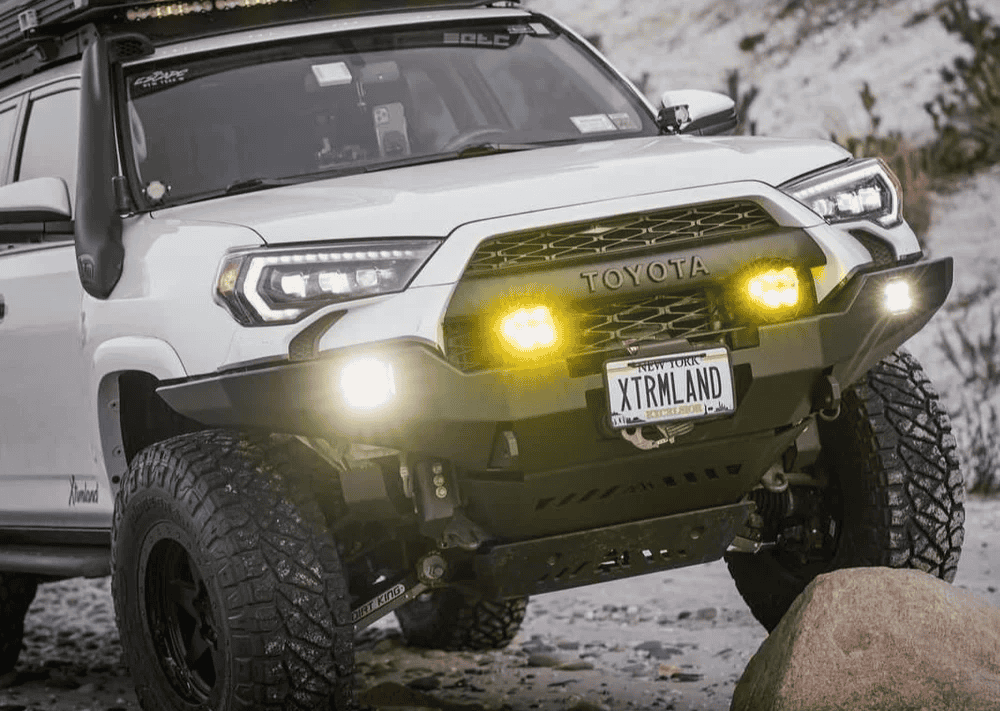Overland Vehicles

Working from the road is more than a laptop on a table. A true remote work travel rig pairs a practical workspace with dependable power, stable internet, safe storage, and a quiet cabin. Whether the platform is a high roof van or an overland truck, the design should support focused work first, then add the creature comforts that keep you fresh on long days.
Start by defining your core tasks. Video calls, coding, design, trading, or editing video all demand different power and bandwidth. A photo editor might need a larger monitor and color stable lighting, while a developer may prioritize a compact desk and excellent chair support to reduce fatigue. List your workday equipment, duty cycle, and hours to estimate daily energy and data needs.
Weight and balance matter. Keep heavy batteries and water low and centered to maintain predictable handling. Know the vehicle gross rating, then subtract curb weight and passengers to find usable payload. Distribute storage so the rig tracks straight, brakes predictably, and remains safe when roads get rough.
Ventilation and climate control shape the space. Warm air extraction, fresh air intake, reflective window covers, and appropriate insulation keep temperatures predictable and reduce fatigue. A quiet cabin with soft surfaces and acoustic treatments lowers echo and calms the sound floor during calls.
Ergonomics pays off every day. A desk at proper height, a supportive seat with lumbar adjustment, and eye level monitor reduce strain. Soft task lighting for keyboards and diffused light for camera shots help with long sessions. Add adjustable mounts so the workspace transitions quickly from drive mode to work mode without clutter.
Build the energy plan around real numbers. A typical laptop pulls 60 to 100 watts, a compact monitor 20 to 40, a router 10, and a satellite system often 60 to 100. A work session around eight hours can land near 1.2 to 2 kilowatt hours depending on gear and habits. A 12 volt 100 amp hour lithium battery stores about 1.2 kilowatt hours. Many full day setups benefit from 200 to 400 amp hours paired with solar and alternator charging.
Use multiple charging sources. Solar adds steady daytime replenishment and reduces idle time. Four hundred watts of panels can often return 1.6 to 2 kilowatt hours in strong sun. A quality DC to DC charger from the vehicle alternator brings predictable input while driving, often 30 to 60 amps depending on the system and engine runtime. Shore power through a smart charger tops things off at stops and protects battery life.
Write down the watt draw of each device and hours used. Multiply to get watt hours, then add a buffer for inefficiency, weather, and surprise workloads. Size the inverter to handle peak loads with headroom. Ensure cabling, fusing, and ventilation meet the current demands of charging and inverting. Battery monitors with shunt based measurement help you trust your state of charge at a glance.
Cell data remains the simplest choice where coverage is strong. Pair a multi carrier plan with an external antenna and a capable modem for stable throughput. Where cell falls short, satellite unlocks remote zones, though it adds power draw and clear sky requirements. Many rigs use both, automatically selecting the best path. Prioritize router failover and keep ethernet or USB tethering for backups.
A comfortable workspace keeps you sharp. Use a chair and desk that fit your body, not just the floor plan. Control glare with shades and tune color temperature to match your work. Add white noise or soft acoustic treatments to tame echo for microphones. Small touches like a footrest and wrist support reduce fatigue over time.
Water, food, and rest shape productivity. A compact galley, reliable refrigeration, and safe drinking water simplify travel days. Plan for waste storage and easy cleanup to keep the cabin healthy. Good sleep is performance fuel, so prioritize a supportive bed, dark window covers, and steady ventilation for overnight stops.
Balance airflow, temperature, and sound. Vent fans move hot air and bring in fresh air. Insulation reduces heat gain and soft pads or panels reduce reverb. Maintain a clean desk workflow with cable routing, quick access power, and a dock for peripherals. The goal is a calm cockpit where your tools disappear and your focus remains on the job.
Security and privacy matter. Use lockable storage for laptops and drives. Consider a privacy screen for the monitor and a tinted glass strategy to keep gear out of sight. Keep fire suppression, a high quality carbon monoxide alarm, and a first aid kit within reach. Follow local parking rules and carry documentation for gear and modifications for insurance purposes.
You can bring all of this together in a purpose built vehicle. If you want a rig that blends off grid capability with a confident workspace, see how Overland rigs are planned for range, power, and day to day usability. For tailored interiors and electrical systems that match your workload, explore Custom overland upfit solutions that integrate power, internet, lighting, and storage with a clean finish. To understand the shop standards, process, and handoff experience, visit Why choose OZK Customs.
Bring your office and your next trailhead within the same map. Define your needs, set your budget, and let a professional team translate requirements into a quiet, capable workspace that works every day you are on the road.
Ready to turn your mobile office from idea to reality? Tell us how you work, where you travel, and the systems you need. OZK Customs designs and builds reliable overland offices with proven power, internet, storage, and climate solutions. Submit the form and let our team map your build, timeline, and budget.
ADDRESS:
6159 E Huntsville Rd, Fayetteville, AR 72701
PHONE:
(479) 326-9200
EMAIL:
info@ozkvans.com